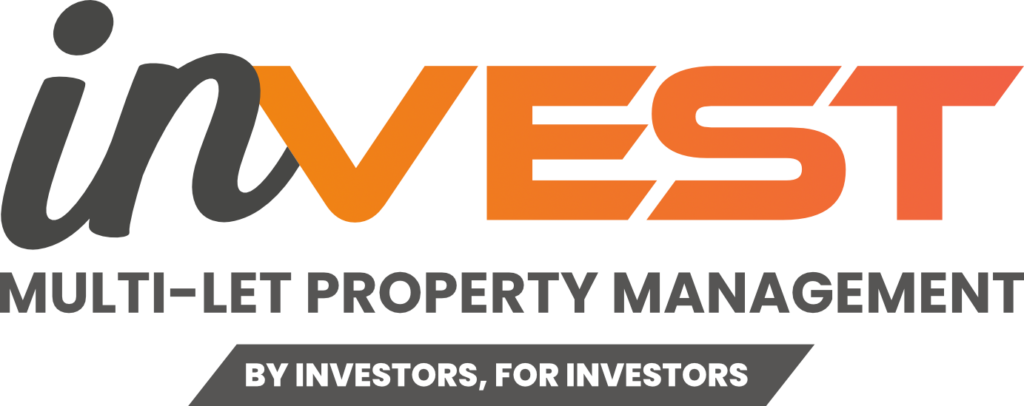Finance: The Game of Two Halves
How to Fund Your Small-Scale Property Development and Secure the Right Exit
Disclaimer: Please Read First
This blog is not financial advice. We are simply sharing real-time experiences from our own developments and those we manage for clients. We are not FCA-regulated, and nothing here should be taken as formal financial advice. Always do your own due diligence, consult legal experts, and work with regulated professionals where needed.
Part One: Funding Your Small-Scale Development
When it comes to acquiring and refurbishing a property that’s not mortgageable in its current state (or which needs extensive work), you generally have two main routes:
- Cash Funding
- Bridging and Development Finance
- Using Cash
- All-Cash Purchase: This method often gives you the highest return on investment because you won’t pay interest or arrangement fees to a lender. However, it does require having enough readily available capital.
- Private Investor Funding: Some developers use private investor loans to fund purchases and/or refurbishments. While interest costs may be lower (and more flexible) than bridging loans, you must ensure all legal documents (such as first or second charges, or personal guarantees) are properly in place.
- Bridging and Development Finance
- Bridging Loans: These short-term loans typically let you borrow up to around 65–70% of the purchase price. Lenders will also consider your project’s potential end value (GDV) when capping what they’ll lend for refurbishment or conversion works.
- Retained Interest and Fees: On top of the deposit, you’ll often pay for 12 months of “retained interest” (rolled into the loan). You’ll also face arrangement fees, legal fees, valuation fees, and monitoring surveyor fees. All these costs can quickly add up.
- Combined Approach: Many investors blend their own funds (or private investment) with bridging finance to cover deposits, professional fees, or that first stage of building work.
Building Up Your Paperwork
To secure any type of development finance, you’ll need:
- A thorough appraisal (purchase cost, refurbishment budget, fees, contingencies)
- A detailed schedule of works and cost breakdown
- Planning permissions (where relevant)
- A qualified team (builder’s CV, project manager’s CV, architect’s details)
- Proof of experience or relevant support if this is your first project
Valuations Matter
A lender will instruct a valuation surveyor to check:
- Purchase price
- Proposed refurbishment value (Gross Development Value, GDV)
- Local market comparables for both the purchase and future rental income
Preparing a detailed valuation pack—complete with rental evidence, comparable sales, and your intended property design—can help the surveyor (and therefore the lender) see the true potential.

Part Two: Exiting Your Project
Once the property is renovated, you’ll either sell it or refinance onto a longer-term mortgage. This is the second half of the finance game: getting out of your short-term bridging or private finance arrangement.
- Refinancing onto a Mortgage
- Residential vs. Commercial/HMO Products: If your refurbishment has turned the property into, for example, a large HMO (with several en-suite rooms), the end mortgage product may be specialised or “commercial hybrid.” For simpler conversions, a standard buy-to-let mortgage might work.
- Further Valuations: Expect another valuation. If you have paying tenants already (with valid ASTs), you’ll often benefit from a higher “passing rent” valuation. Aim to have your rooms let or at least lined up so you can demonstrate strong rental income.
HMO Licensing
In many parts of the UK, properties with five or more unrelated occupants need an HMO licence. Be sure you know your local requirements. Most lenders will accept a valid application for an HMO licence rather than insisting on the final licence document. Sort this out well in advance to avoid delays.
- Selling Your Development
Alternatively, you can sell the newly refurbished property, which:
- Avoids the time and fees associated with longer-term mortgages.
- Lets you realise capital gains quickly—especially useful if your strategy is to “flip” for profit.
- Means you’ll have to ensure the final product is marketable (i.e., the right finish for the target buyer).
Common Pitfalls
- Down Valuations: If the surveyor values the property lower than expected, you could be forced to add more cash to bridge the gap or find a second lender.
- Bridging Timeframes: Do not assume your project will complete exactly on schedule. Build in a buffer for potential delays to avoid penalty fees.
- Not Lining Up Your Exit: Always plan the refinance or sale from day one. Lenders often want to see a clear route out of bridging finance.
Best (and Worst) Ways to Fund
- Best Return: 100% self-funded using your own capital—no interest or lender fees.
- Second Best: Perhaps using low-rate private finance or bridging for just part of the deal.
- Most Leverage (Lower ROIs): Maximising bridging and development loans. You can do more projects but your overall returns may be reduced by high finance costs.
- Worst: Doing nothing! Even if bridging interest is high, it might be the only way to start your property journey.
Key Takeaways
- Preparation Is King: Have a solid appraisal, a credible team, and all necessary documentation in place.
- Work with Specialist Brokers and Surveyors: They’ll know which lenders offer the right deals and valuations for your type of development.
- Value Your Timeframe: Plan your project timeline to include a comfortable margin, ensuring your bridging or short-term finance doesn’t run out mid-development.
- Exit Strategically: Decide early whether you’re selling or refinancing. If refinancing, be ready with ASTs, HMO applications, and robust valuation packs.
- Get Legal & Financial Advice: Always consult professional advisors for any binding financial or legal agreements.
We hope this breakdown helps you plan and execute your small-scale development strategy with confidence—whether you’re new to property or looking to grow an existing portfolio.
Ready to Hear the Full Conversation?
YouTube: https://www.youtube.com/watch?v=X5Wupn_N7EE
Spotify: https://open.spotify.com/episode/2vpedpPBsyrq054sFD8kPg?si=3mx9mJ2XTe256AnksQE8sQ




